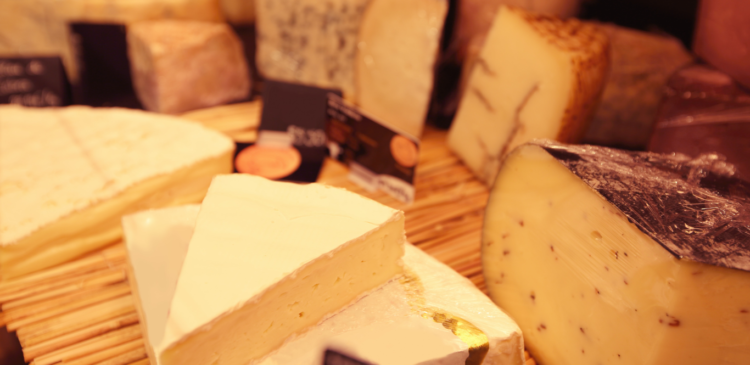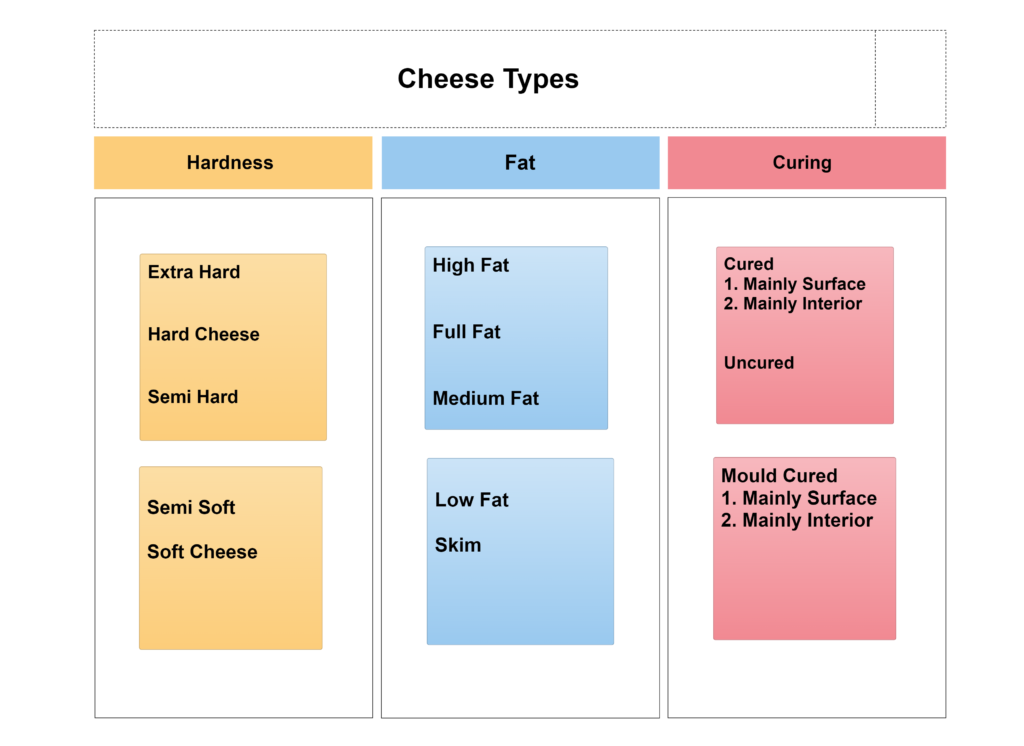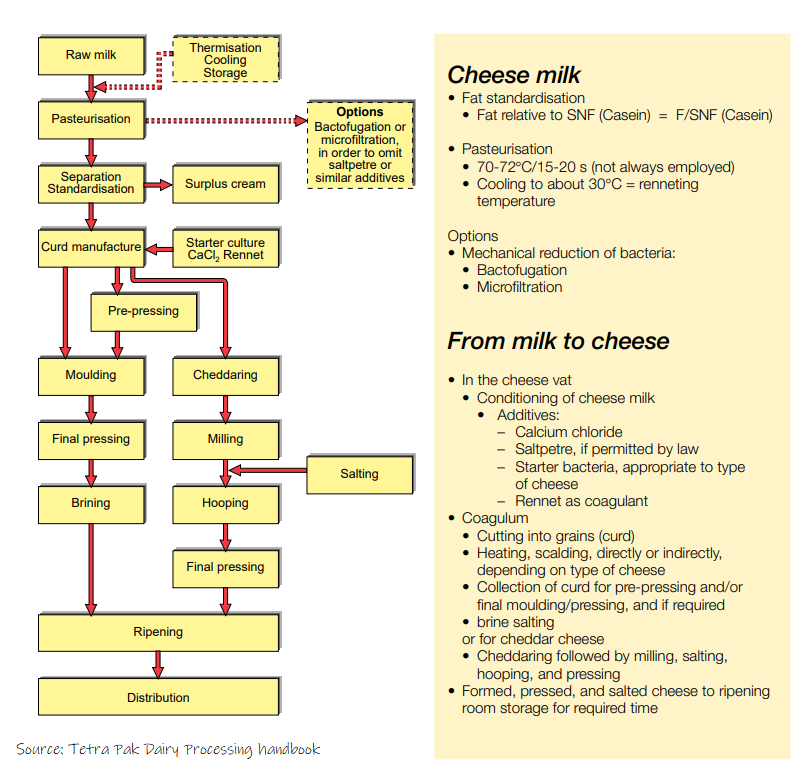Innovative Trends in the Indian Cheese Market: A Glimpse into Emerging Flavors and Growth

Introduction: The Indian dairy industry has long been known for its traditional products like milk, ghee, and yogurt. However, over the past decade, the landscape has witnessed a remarkable evolution, particularly in the realm of cheese production and consumption. As an expert in the dairy field, I’m excited to delve into the innovative trends shaping the Indian cheese market and explore how these changes are driving both flavor exploration and economic growth, from traditional offerings to contemporary flavors, the cheese industry in India has evolved into a dynamic sector that reflects changing culinary tastes and trends, backed by insightful data and expert analysis.
1. Rise of Artisanal and Regional Cheeses: Artisanal and regionally inspired cheeses have gained significant traction in the Indian market. Producers are experimenting with age-old techniques and indigenous ingredients to craft unique flavors. From Himalayan cheese made with yak milk to Kerala’s traditional ‘Paneer Kizhi,’ these varieties offer a distinct experience to consumers.
2. Fusion and Exotic Flavors: The fusion of international and local flavors is a prominent trend in the Indian cheese landscape. Brands are introducing exotic flavors like truffle-infused cheese, herb-infused paneer, and even masala-flavored cheddar. These innovative combinations are designed to captivate adventurous palates.
3. Health-Focused Offerings: Health-conscious consumers are driving the demand for healthier cheese options. Brands are responding with offerings like low-fat, reduced-sodium, and lactose-free cheeses. Additionally, functional cheeses enriched with probiotics and omega-3 fatty acids are gaining popularity due to their potential health benefits.
4. Plant-Based and Vegan Cheeses: The rise of veganism and lactose intolerance has fueled the demand for plant-based and vegan cheese alternatives. Innovative blends using nuts, soy, and coconut are being used to create cheese-like textures and flavors, providing options for a growing segment of the population.
5. Premiumization and Specialty Cheeses: As disposable incomes rise, consumers are willing to explore premium and gourmet cheeses. Imported artisanal cheeses and aged varieties like Parmesan, Gouda, and Brie are increasingly finding a place in Indian households.
6. Online Retail and Direct-to-Consumer: E-commerce has played a pivotal role in the cheese industry’s growth. Online platforms provide consumers with access to a wide range of cheese options, even from smaller producers who may not have a physical retail presence.
Cheese Production Statistics: Let’s reflect on the numbers. In 2010, India’s cheese production stood at approximately 10,000 metric tonnes. Fast forward to 2023, and the production has nearly tripled, reaching an estimated 70,000 metric tonnes. This remarkable growth showcases the changing dietary habits and evolving tastes of the Indian population.
The Cheese Revolution in India: Cheese consumption in India has experienced a significant surge in recent years. The shift in consumer preferences towards international cuisines, coupled with increased urbanization and a rise in disposable income, has driven the demand for cheese. From traditional paneer-based dishes to gourmet pizzas, cheese has become an integral part of the Indian culinary experience.
New Emerging Trends: As an expert in the dairy industry, I believe that the Indian cheese market is at an exciting juncture. The evolution of cheese production, from traditional paneer to a diverse array of flavors and textures, showcases the industry’s adaptability to evolving consumer preferences. The blend of local ingredients and global techniques is contributing to a truly unique cheese experience. Here are some recent way – ->
- Labneh, and Ricotta & Paneer’s Innovation: Discover the long-life paneer, preserved for up to 6 months below freezing. For a zesty twist, explore the unique Paneer Pickle, blending tradition and shelf-life extension. Diving into cheese varieties beyond the traditional, we encounter Paneer, Labneh, and Ricotta. Paneer, also known as cottage cheese, is made by curdling milk with lime juice and then draining the curdled milk through cloth. Labneh, a yogurt-based cheese spread, requires yogurt, salt, and dry mint. The mixture is hung in a cloth for a day, resulting in a versatile cheese spread. Homemade Ricotta, a creamy delight similar to paneer, can be crafted from full cream milk, vinegar or lime juice, and salt.
- Mozzarella Cheese: Experience the stretchable joy of Mozzarella cheese, perfect for pizzas and more. Crafted with precision, it’s a melting sensation in every bite.
- Classic Cheddar Cheese: From the British village of Cheddar to your plate, relish the natural, hard Cheddar cheese. With its varied ripening, it’s a journey of flavors.
- Cheese Spread: Semi Solid Variety which immerse yourself in the rich combo of Chhana and Maska, creating a high-protein spread. Versatile and nutritious, it’s a savory accompaniment.
- Processed Cheese: Dive into the world of semi-mechanized Processed Cheese Spread. A blend of flavors and ages, it’s a creamy sensation that elevates every dish.
- Embrace these dairy innovations and savor the essence of taste and tradition.
INTRODUCTION TO CHEESE:
Classification of the Cheese

The Art and Science of Cheese Making – Basics are
Let’s see on a journey through the process of cheese making, techniques, and even exploring different types of cheese.
Process

Dairy processing cheese manufacturing process diagram
Yield and Varieties : The yield of cheese from milk varies based on the type of milk used, cheesemaker’s skill, and aging conditions. Generally, around 10% of milk weight is retained in the cheese after the curdling process. Semi-hard to hard cheeses typically follow this guideline. Goat milk results in a slightly lower yield, while rich sheep milk cheeses can yield up to 15%.
Dairy Plants: Combining Tradition and Innovation
Throughout history, cheese making has evolved from small-scale farm production to large industrial processes. In 1851, the first industrial cheese manufacturing plant was established, setting the stage for mass production. From France’s farm-based soft cheeses to England’s shift to hard, low-moisture cheeses for efficient transportation, the journey of cheese has been diverse and enriching.
Storing Cheese: A Balancing Act
Storing cheese is an art that demands precise conditions. Cheese should be stored at specific temperatures and humidity levels to prolong its life. The storage area must be disinfected, and cross-contamination should be avoided. If cheese starts to dry out, a rub of olive or coconut oil can help. Placing a glass of water in the cheese box regulates humidity.
In Closing: A Journey of Taste and Craftsmanship
From the ancient cheese-loving Greeks to the modern cheese enthusiasts, the world’s adoration for cheese is timeless. As we explore its intricate processes, varieties, and cultural significance, we come to appreciate the art and science behind each delectable morsel of cheese. So whether it’s the soft crumble of Paneer, the creamy elegance of Labneh, or the firm resilience of Cheddar, cheese continues to enthrall our palates and enrich our culinary experiences.
